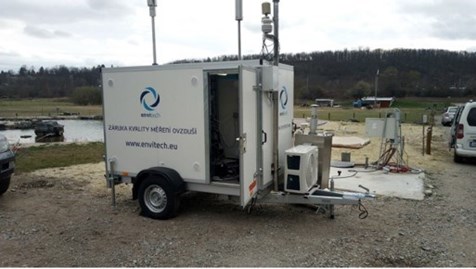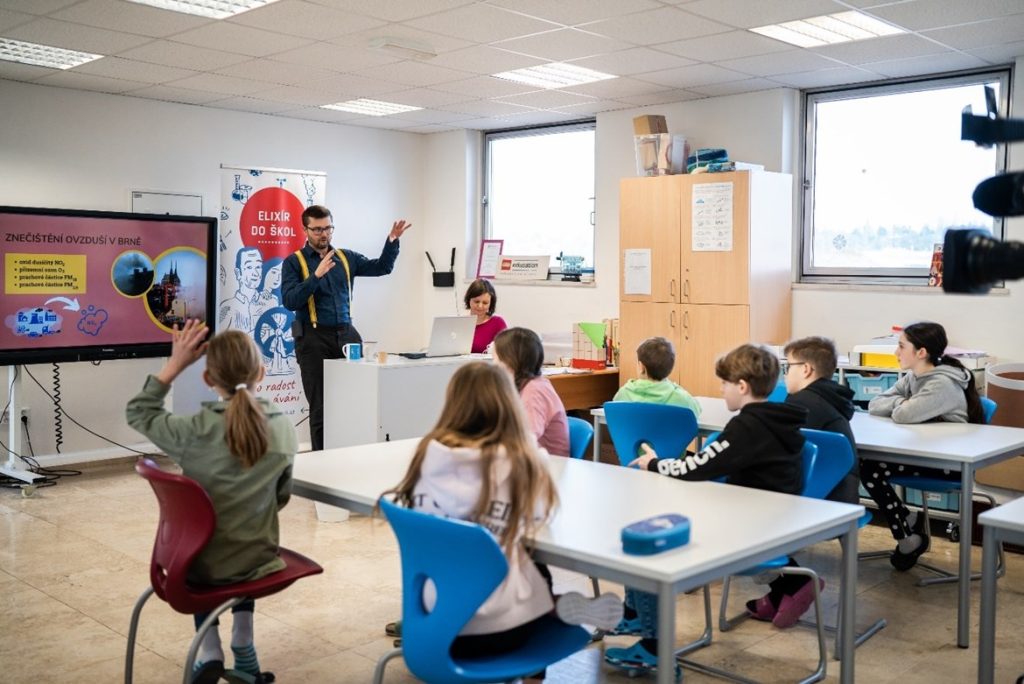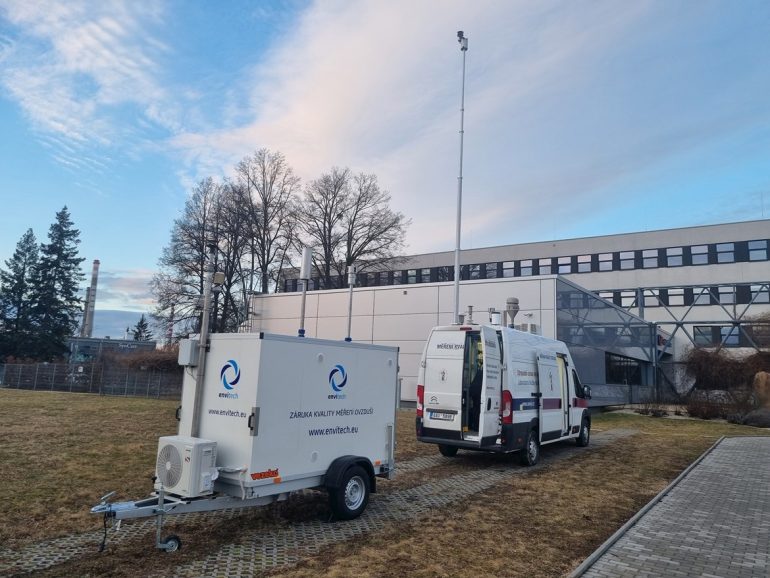According to researchers from Masaryk University (MUNI), air quality in Brno and the South Moravian region is improving, though still far from the limits set by the World Health Organisation.
The research team, from the MUNI Faculty of Economics and Administration and the RECETOX centre, part of the Faculty of Science, focused on environmental health, and found that the most common sources of pollution are traffic, local furnaces and construction activities.
Research monitoring of measures to improve air quality in the City of Brno began in 2021 and consisted of two parts. The first measured air quality via selected mobile stations, and the second instead used small, completely new mobile personal sensors with the help of children from several elementary schools in Brno.
Later, in the summer of 2023, the research team began monitoring air quality under the AIRSENS project, through sensors in in six South Moravian municipalities and two districts of Brno, supplemented by accredited dust sampling with the analysis of 29 polyaromatic hydrocarbons, including carcinogens, which will be followed up by an analysis of health risks.
These substances are produced especially through the local heating of households, which is currently one of the main air problems in the Czech Republic. The most problematic are old, unmaintained solid fuel boilers, in which people burn substances they shouldn’t.
Part of the research took the form of a questionnaire, featuring questions about whether and how the inhabitants of the municipalities surveyed would be willing to switch to a more ecological way of heating their homes. The results showed a low willingness to change, mainly because of the financial burden incurred and the belief that what they’re using is good enough.

AIRSENS has been particularly efficient through the use of autonomous measurement units, even for use in locations without access to electricity, employing photovoltaic power supply, application of four locations for every small area or village for a sufficiently dense measurement network, meteorological sensors for wind directions and speed, which are key for dispersion conditions in the village, and the connection of all these devices and sensors into a unified wireless network based on the principle of the Internet of Things, with a central evaluation server.
It is through the use of a greater number of measuring points in municipalities that the impact of anti-pollution measures was able to be appropriately monitored. Using spatio-temporal analysis, it was possible to trace the prevailing directions of the spread of pollutants and possibly locate the main sources of pollution in a given area. These analyses will then allow municipalities to make more informed decisions about measures that could improve local conditions.
The study also found that recommended concentrations of the emission limit for benzo [a]pyrene in the Brno and South Moravian area can potentially be exceeded, especially in peripheral urban areas with houses heated by solid fuels. In certain locations, scientists were surprised by higher concentrations of specific substances, such as BTEX, carbon monoxide, or nitrogen oxides.
According to the researchers, in the case of transport, the problems are mainly caused by congestion, due to the still incomplete outer city ring road and the north-south highway, which would improve transit through Brno and thereby significantly reduce emissions.
Regarding the involvement of children in the research, their parents received detailed individual reports with the results of the measurements, on whose basis the scientists will recommend measures to schools to improve the air in their surroundings.

These include, for example, work on alternative routes to schools, and healthier and safer routes by bike or on foot. Education and awareness were also part of the research: the children attended lectures and workshops where they could propose specific projects to improve the air quality around the school.
The practical impact of the research also involved updating the Action Plan for improving air quality in the City of Brno. More information about the plan and the research in general can be found here.
Another joint collaboration between the MUNI Faculty of Economics and RECETOX began at the beginning of May, focusing on the economic evaluation of the environmental benefits of measures to improve air quality.







